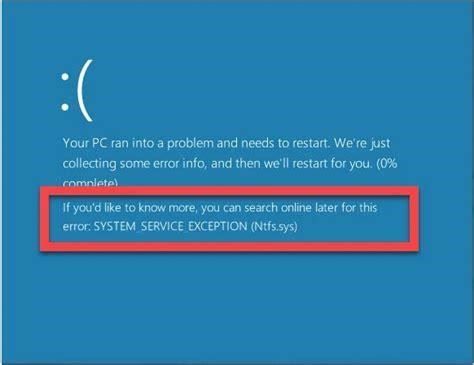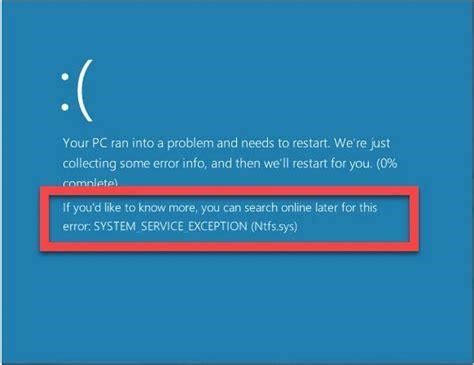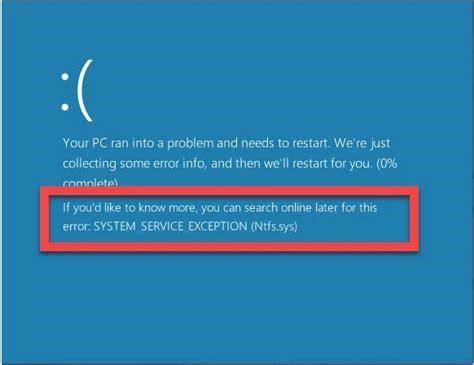Navigating Devices and Printers in Windows 11
When we upgraded to Windows 11 22H2, some of us noticed the familiar Devices and Printers interface had vanished from the Control Panel. This discover threw us for a loop initially, but after some digging, we unearthed several workarounds to access Devices and Printers in its full former glory.
In this tutorial, we’ll outline different methods to launch Devices and Printers in Windows 11, including handy keyboard shortcuts and registry tweaks. We’ll also explore why Microsoft migration Settings in the first place. Follow along to regain quick access to your peripherals.
The Demise of the Control Panel
Microsoft has been gradually phasing out the decades-old Control Panel in favor of the newer streamlined Settings app. This transition aims to modernize the Windows UI and offer a more user-friendly centralized hub for customization.
How do I set up a printer on Windows 10?
Right-click Start, click Run. Type the following command and click OK. This opens Devices and Printers. (See other shell commands in Windows.) Open Settings. Select “Bluetooth & devices” in the left pane. Click “Devices” in the right pane. Click “More devices and printer settings.” The above option launches the classic Devices and Printers page.
How do I add a printer to Windows 11?
If it is a Wi-Fi printer, make sure it is connected to the same network as your computer. Windows 11 automatically downloads the software your printer needs to function when you add the device. To add a printer, click on the Start button, type “Settings” in the search bar, and hit Enter. Alternatively, you can hit Windows+i to open Settings.
However, the Settings app lacks some of the advanced configuration options tucked away in the classic Control Panel. Devices and Printers is one such utility that got stripped down in its Settings counterpart.
The pared-back Settings Devices page eliminates queues, ports, drivers, and other granular controls. For those accustomed to the fully-featured Devices and Printers, this simplified interface felt like a regression.
But with a bit of finagling, we can resurrect the old-school Devices and Printers on Windows 11. Let’s examine some tactics to bypass Settings and regain fine-tuned printer management.
Launch Devices and Printers from the Run Command
The fastest way to open the legacy Devices and Printers is via the Run command. Just hitWin + Rto open the Run dialog box, then enter the following command:
shell:::{A8A91A66-3A7D-4424-8D24-04E180695C7A}
When you pressEnter, the familiar Devices and Printers control panel will pop up, just like old times. This lets you circumvent the Settings page entirely.
You can also open Devices and Printers from the Run dialog by typing:
control printers
How do I access devices & printers in Windows 11?
In Windows 11 22H2 and higher, the old Devices and Printers interface can still be accessed using one of the methods below. Right-click Start, click Run. Type the following command and click OK. This opens Devices and Printers. (See other shell commands in Windows.) Open Settings. Select “Bluetooth & devices” in the left pane.
How do I open devices and printers in Windows 10?
Press the D key (for devices), which will set up a Ctrl + Alt + D hotkey. Select Apply to save your new Devices and Printers hotkey. Click OK to close the Devices and Printers Properties window. Your Ctrl + Alt + D hotkey will open Devices and Printers whenever you press it.
How do I set a default printer in Windows 10?
Go to Bluetooth & devices > Printers & scanners > select a printer. Then select Set as default. If you don’t see the Set as default option, the Let Windows manage my default printer option may be selected. You’ll need to clear that selection before you can choose a default printer on your own. Your default can be the printer you last used.
Either command will transport you straight to the fully-featured utility without any Settings detours. Use this whenever you need to access printer properties, manage print jobs, troubleshoot issues, or otherwise tinker with your devices.
Enable Devices and Printers via Group Policy
The Run command provides quick access to Devices and Printers, but it’s a temporary workaround. For a more permanent solution, we can use Group Policy Editor to force Devices and Printers to appear in Control Panel again.
Here’s how to do it:
- OpenRunand type
gpedit.mscto launch Group Policy Editor - Navigate toUser Configuration > Administrative Templates > Control Panel
- Double-click on"Show only specified Control Panel items"
- ClickEnabled
- Click theShowbutton and add the following:
{A8A91A66-3A7D-4424-8D24-04E180695C7A}
- ClickOKto apply the changes
- Restart your computer
After rebooting, Devices and Printers should be restored to the Control Panel. The Settings page will remain, but you’ll have options now.
How do I install a printer on Windows 11?
Open the Windows 11 settings app with Windows Key + I. Then, choose Bluetooth and devices. Choose Devices > Printers and scanners. If your printer was added successfully, it be on the list. If not, you can select the Add Device button and try again. Double-click the downloaded driver to install it, and Windows should now recognize your printer.
How do I open a Windows 10 applet?
Press Win + R on the keyboard to open the Run dialog. Type or copy-paste a command from the above table, for example, OptionalFeatures.exe. Press the Enter key to execute it. This will open the applet instantly; in our case, it will be the Windows Features dialog.
Does Windows 11 support printers?
When you connect a printer or scanner to your PC or add a new printer or all-in-one device to your home network, you can usually start printing right away. Windows 11 supports most printers, so you probably won’t have to install special printer software. Additional printer drivers and support might be available if you update Windows.
What is devices & printers windows 11?
Devices and Printers is a Windows 11 Control Panel applet that shows devices connected or paired with your PC. You can select to add or remove printers and other devices there. Its Tools menu also includes a handy option for mapping network drives.
Delete the Registry Key
We can also force Devices and Printers back into Control Panel by editing the Windows Registry:
- OpenRunand type
regedit - Navigate toHKEY_LOCAL_MACHINE\SOFTWARE\Microsoft\Windows\CurrentVersion\Explorer\MyComputer\NameSpace\DelegateFolders
- Right-click on
{A8A91A66-3A7D-4424-8D24-04E180695C7A}and selectDelete - Restart your PC
This will remove the key that reroutes Devices and Printers to Settings, putting it back in its rightful place.
The Long Way with Settings
If you don’t want to mess with the Registry or Group Policy, there is a way to access the old-school Devices and Printers through Settings, albeit slowly.
- OpenSettings>Bluetooth & devices>Devices
- ClickPrinters & scanners
- Select any printer underYour printers & scanners
- ClickManage>Print server propertiesat the bottom
Ta-da! The legacy Devices and Printers pops up. This takes more clicks than other methods, but retains Settings for those who prefer it.
How do I connect a wireless printer to Windows 10?
To connect a wireless printer, follow these steps: Select Start > Settings > Bluetooth & devices > Printers & scanners . Next to Add a printer or scanner, select Add device. Wait for it to find nearby printers, then locate the one you want to use, and select Add device. If you want to remove the printer later, select it, and then select Remove.
How to open devices and printers applet in Windows 11?
This is how you can create a hotkey for opening the Devices and Printers applet in Windows 11: Create a Devices and Printers desktop shortcut as instructed for method one. Click the Devices and Printers shortcut once to select it without opening. Press the Alt + Enter hotkey to bring up the shortcut’s properties window.
Takeaway
While the Control Panel exodus is inevitable, power users can still access specialty tools like Devices and Printers on Windows 11.
Microsoft is still polishing Settings to incorporate deeper configuration options. In the meantime, a simple Run command or Registry tweak can restore the advanced capabilities of Devices and Printers.
How do you feel about Settings replacing Control Panel so far? Have you found workarounds to access legacy utilities? Share your experiences and advice in the comments!




